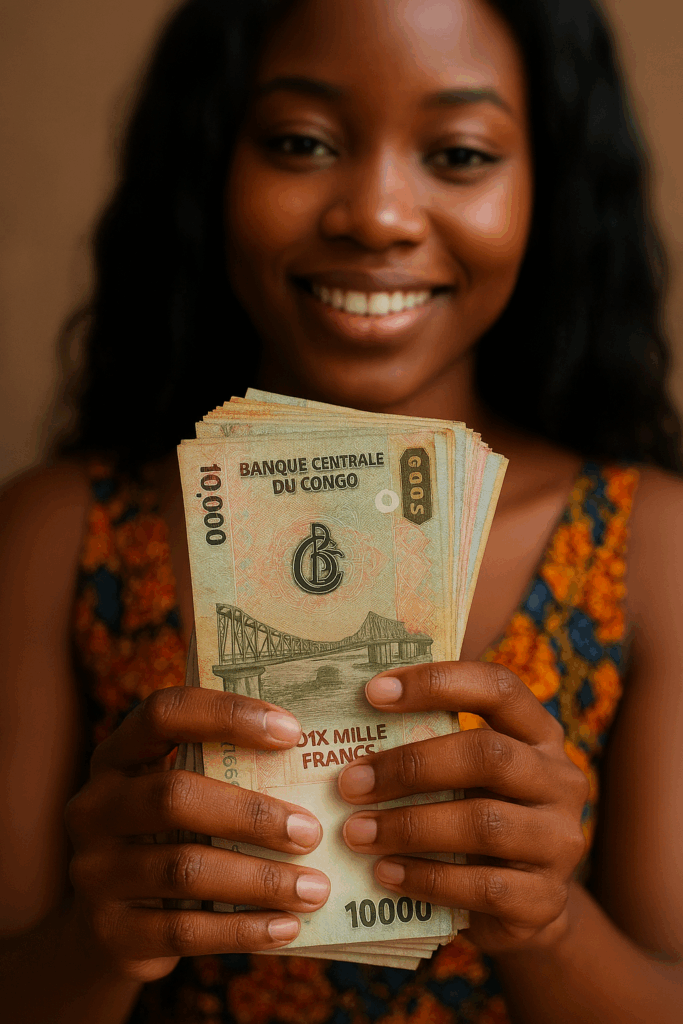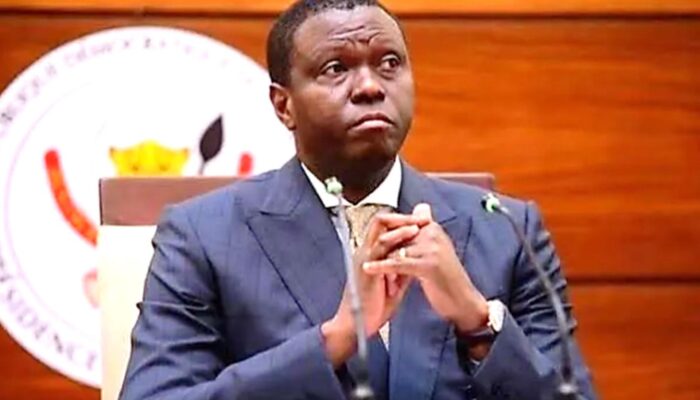In an effort to stabilize the Congolese franc, the Central Bank of Congo (BCC) has recently announced the sale of $50 million to the country’s commercial banks. This operation, executed at an exchange rate of 2,776 Congolese francs per US dollar, aims to alleviate pressure on the exchange rate and curb speculative activity surrounding the national currency.
On Monday, August 18, 2025, the BCC confirmed that this liquidity injection is intended to support the local currency by reducing the volume of Congolese francs in circulation. In return for the dollars, banks paid in francs, thereby increasing the supply of foreign currency on the market and mitigating its scarcity. This mechanism is expected to contribute to the short-term stabilization of the Congolese franc.
Guy Sylvain Katumba, a consultant in governance and public finance, emphasized that the initiative seeks to reassure economic stakeholders while limiting speculation. However, he cautioned that the measure is inherently temporary and fails to address the underlying causes of currency depreciation, such as import dependency and fiscal deficits.

Congolese economist Zack Mudimbi echoed this assessment, asserting that selling foreign currency in exchange for the national currency offers only a provisional remedy. For a more sustainable stabilization of the Congolese franc, he advocates for structural reforms, including the revitalization of domestic production and the diversification of exports. “In the short term, the CDF is catching its breath, but in the long run, only a productive and diversified economy can ensure a robust local currency,” he stated.
Dollarization remains a significant challenge for the Congolese economy. According to a World Bank report published in July 2025, the majority of loans in the country are denominated in US dollars, which undermines the effectiveness of monetary policy. Although the DRC implemented a strategy in 2012 to reduce its reliance on the dollar, its impact has been marginal.
Financial inclusion also remains limited. In 2022, only 27% of adults held a bank account—well below the sub-Saharan African average of 55%. This low level of inclusion, coupled with credit that is heavily concentrated in the mining sector and often denominated in foreign currency, further entrenches the financial system’s dependence on the dollar.
The current situation thus calls for deeper and more enduring measures to ensure economic and monetary stability in the Democratic Republic of Congo.






